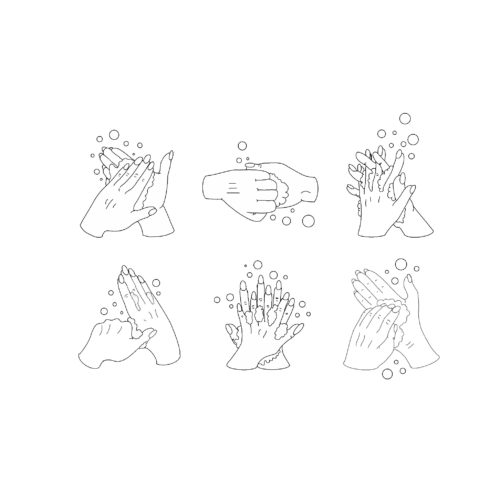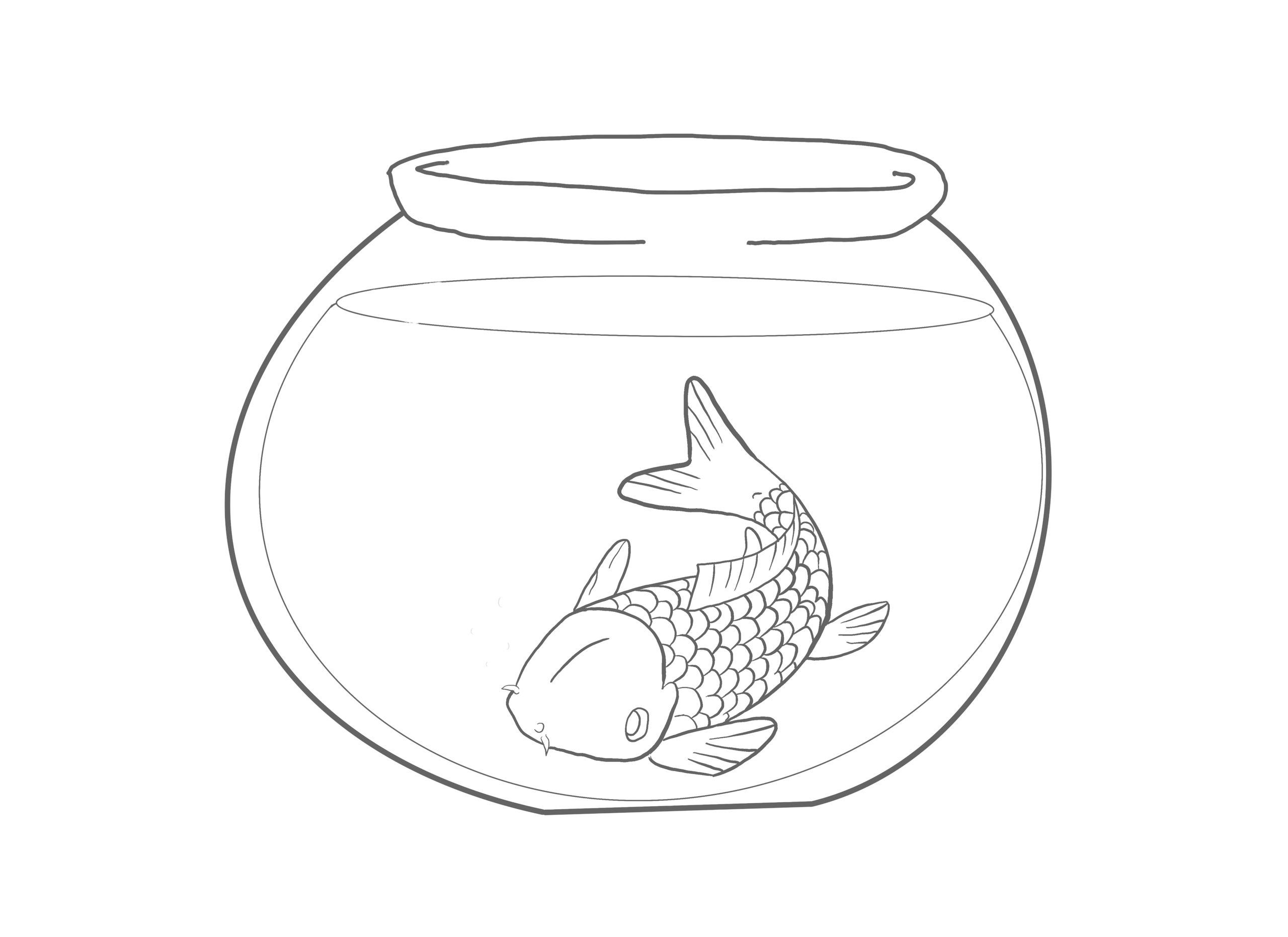The Coronavirus is still taking over our televisions and our lives, forcing social distancing and just plain boredom. Beyond just boredom, isolation rids us of positive feedback from our peers and at times a sense of responsibility to the outside world. The secondary effects of the virus, such as financial hardships and social unrest create the perfect storm for anxiety and depression to take over our thoughts. Experts warn that the negative feelings and experiences that come from long-term isolation are unavoidable.
This unprecedented seclusion has allowed us to come up with a myriad of ways to fight boredom, depression, and anxiety. Live-streamed workout and cooking classes, online versions of games like Cards Against Humanity, and Zoom happy hours are only some of the ways people are interacting with their friends and families. Searching for creative ways to mimic the “outside world,” my roommates and I threw an indoor bar crawl. Each of our rooms was transformed into a different themed bar such as “Al’s Piano Lounge ” and a Swedish themed rave, we even checked IDs at the doors to our rooms and dressed according to our own theme. These virtual connections have allowed this so-called social isolation to become more of a physical isolation.

Illustration by Gabi Edelman
Artists all over Instagram have been posting virus-related content oftentimes adding lightness in our dark situation and normalizing the intense feelings that arise during quarantines. Although digital arts seem like a minimal response to something as big as a pandemic, their actions speak volumes in the face of the inaction of major multi-billion dollar corporations. Some artists like Dina Rodriguez have posted illustrations illuminating the sacrifices of health care workers with the common phrase “They stay at work for you. Stay at home for them.” Others have advocated for self-care and pushed back on the pressures to be productive and create some kind of masterpiece. In her piece “a pep talk for April” artist Hannah Good made the powerful statement, “Staying home is doing something.” Besides the uplifting and relatable content, artists have posted what I found to be incredibly helpful; coloring pages for little to no cost. Exotic Cancer posted her coloring pages captioning the post “with everything going on, I thought now would be a better time than ever to put together a set of 10 printable coloring pages.” Coloring is not just a way to spark creativity, but it has also been clinically proven to reduce stress, anxiety, and depression.

Illustration by Gabi Edelman
Coloring, once an activity directed towards children, has recently been marketed to adults and linked to positive cognitive outcomes. In 2015, adult coloring books contributed to a 6.6% increase in adult nonfiction sales for the year and had also contributed to a colored pencil shortage. Coloring allows individuals to redirect negative thought patterns towards a structured and engaging activity. According to California therapist, Marina Edelman, “Coloring engages multiple senses and puts one into a mindful state. Mindfulness forces one to be present and stops our brain from jumping into the unknown future. Since the definition of anxiety is the fear of the unknown, we are staying in the secure present state.” Essentially, the positive effects of meditation, such as attentiveness to the present, are mirrored in the results of coloring.

Illustration by Gabi Edelman
In a study on the effect of coloring on anxiety, mood, and perseverance, researchers found that 30 minutes of coloring resulted in lower negative moods and anxiety, as well as some evidence to increased perseverance. The feeling of anxiety is common to everyone, and in the past decade, anxiety levels have increased significantly. During this crisis, humans are dealing with heightened emotions and are at greater risk for anxious or depressive thoughts. Although coloring cannot produce the same effects of long-term therapy, it is an effective and affordable activity that can help to reduce the negative outcomes of the uncertain self-isolation we are facing today. Offering coloring to those struggling during this isolation can not only help to reduce anxiety but could also help to stimulate more proactive behaviors in a time where it is easy to fall into a routine of inactivity.
Instagram accounts with accessible coloring pages:
Click Free Coloring Pages for a whole set of coloring pages to keep you happy, relaxed, and safely at home.
This piece was written for the class Alternative Journalism, which is taught by Kelley Crawford at Tulane University. The ongoing series, “Coping with Corona” is a live curriculum project where students investigate and report on the missed angles of Coronavirus coverage.
 NOLAbeings Multimedia artist Claire Bangser created NOLAbeings as a portrait-based story project that marries...
NOLAbeings Multimedia artist Claire Bangser created NOLAbeings as a portrait-based story project that marries...  Voodoo in New Orleans: Reviving history: New Orleans fortune telling This article takes a deep dive into the history of Voodoo in New Orleans, its hybridization with Catholicism, and its present-day place in the city's culture. The author visits fortune-tellers in the French Quarter, using their guidance as a tool for introspection rather than a deterministic predictor of the future. Through her experiences in New Orleans, the author feels a mystical connection to both the past and the future.
Voodoo in New Orleans: Reviving history: New Orleans fortune telling This article takes a deep dive into the history of Voodoo in New Orleans, its hybridization with Catholicism, and its present-day place in the city's culture. The author visits fortune-tellers in the French Quarter, using their guidance as a tool for introspection rather than a deterministic predictor of the future. Through her experiences in New Orleans, the author feels a mystical connection to both the past and the future. 